Eugene Dabit Paintings
Eugène Dabit was a French author and painter, known for his works that reflected the lives of the petit-bourgeoisie and the working-class people of Paris. Born on September 21, 1898, in Mers-les-Bains, Somme, France, Dabit grew up in a middle-class family. His father owned a small hotel, which later became a central setting for his most famous novel, 'L'Hôtel du Nord', published in 1929.
Dabit's interest in art began at a young age, and he initially pursued painting. He studied at the École des Arts Décoratifs in Paris, where he developed a realistic style, painting landscapes and scenes of everyday life. Despite his artistic talents, Dabit's true passion lay in literature. He began to write, drawing inspiration from his own life and the people he observed around him.
His literary work is marked by a naturalistic and humanist approach. Dabit was part of the 'proletarian literature' movement in France, which sought to depict the lives of the lower classes with authenticity and social consciousness. 'L'Hôtel du Nord' brought him critical acclaim and success, and it was adapted into a popular film in 1938, directed by Marcel Carné.
Eugène Dabit's life was tragically cut short when he died at the age of 38 on August 21, 1936, during a trip to the Soviet Union. His premature death was caused by a case of streptococcal infection, which led to septicemia. Although his career was brief, Dabit left behind a legacy that captured the spirit and struggles of ordinary people in interwar France. His work remains a valuable document of the period and continues to be appreciated for its compassionate portrayal of the human condition.
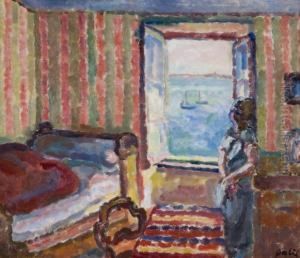
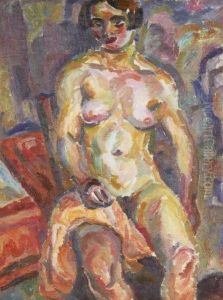
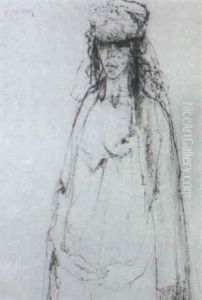
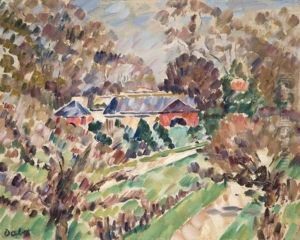
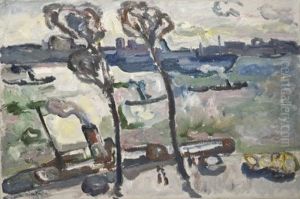
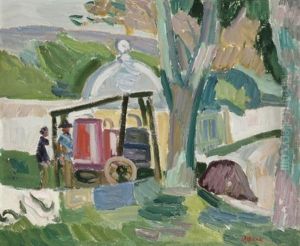
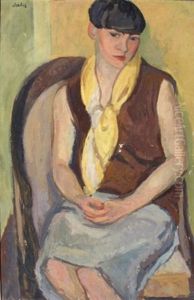
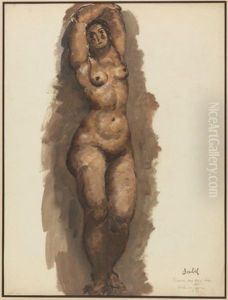
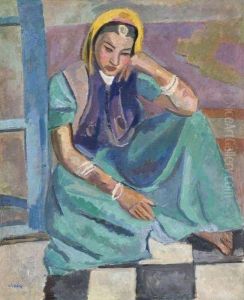
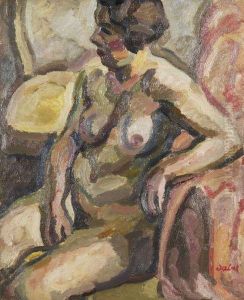
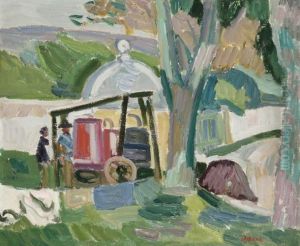
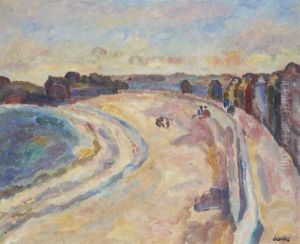
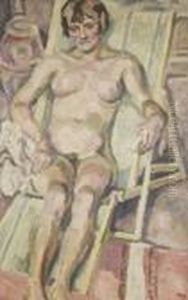
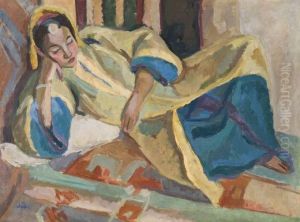
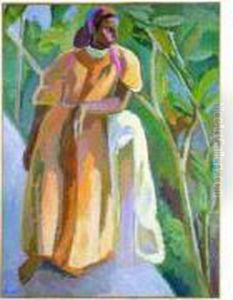
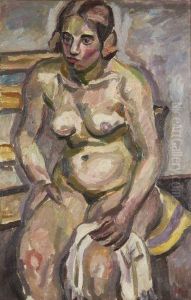
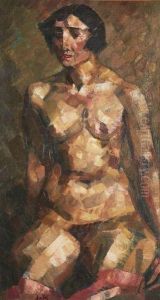
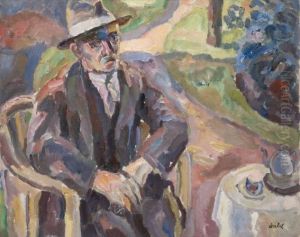
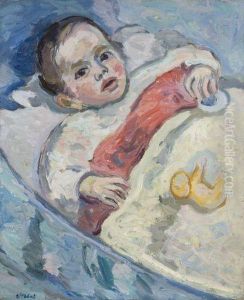
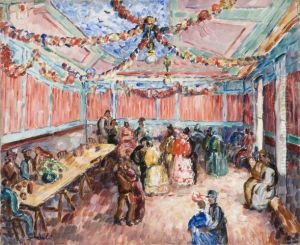
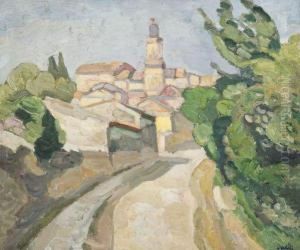
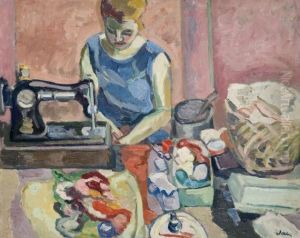
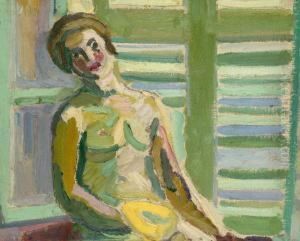
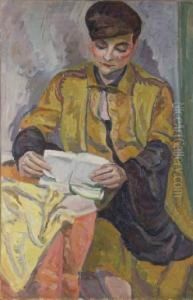
![Huile Sur Toile, Signee En Bas A Droite, Interieur, [1925] ; 43,5 X 53 Cm.](https://www.niceartgallery.com/imgs/1254723/s/eugene-dabit-huile-sur-toile-signee-en-bas-a-droite-interieur-1925-435-x-53-cm-a1f3b061.jpg)
![Signee En Bas A Gauche, Le Bal, [1925] ; 60 X 72,5 Cm](https://www.niceartgallery.com/imgs/1254724/s/eugene-dabit-signee-en-bas-a-gauche-le-bal-1925-60-x-725-cm-ebcd3b2a.jpg)